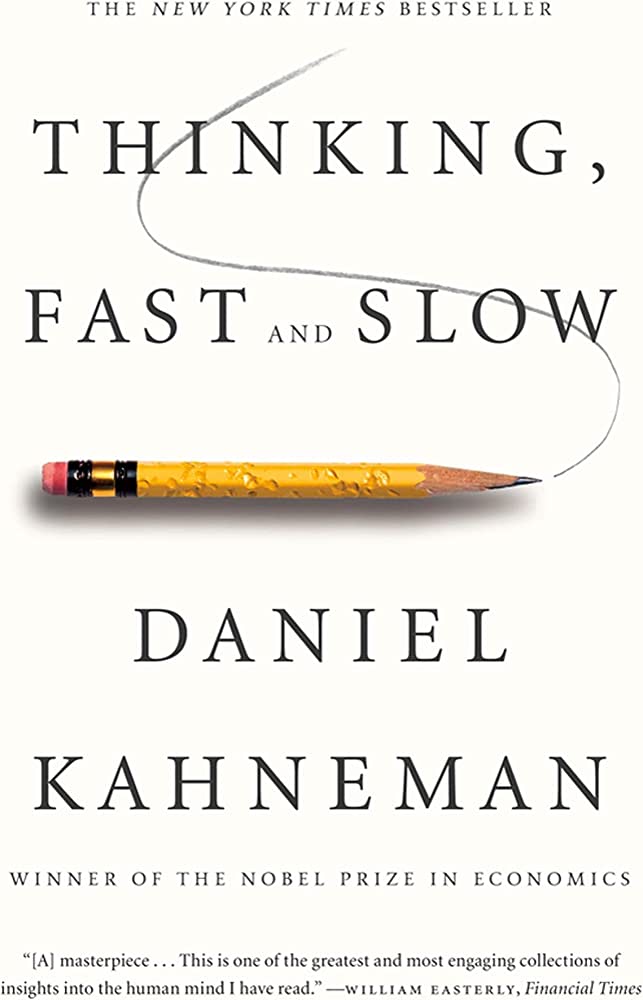We: The Ideal Customer Relationship
RATING


Have you ever considered what it would be like to be treated as a VIP, garnering the attention and respect that only the very finest of people are offered? To Steve Yastrow, author of We: The Ideal Customer Relationship, that close relationship between business and individual is something that should occur with every encounter.
A simple word, “we,” becomes the focus of his findings as he delves into how there is untold mutual benefit from creating a bond between customers and the businesses they interact with. Beginning from his own experiences with companies, Yastrow bases his data upon personal accounts as well as studies to reinforce his beliefs and provide a foundation upon which he can establish his position.
Effectively a complement to his book, Brand Harmony, We provides a more comprehensive take on the customer relationship. The sentiments Yastrow stresses – ongoing partner encounters, associating the customer as part of the business, aligning with customer goals – echo Senteo’s principle of “[providing] unique, engaging, and fulfilling customer experiences.” In doing so, he emphasizes how businesses do not operate as an independent entity from their customers; customers are part of the business and therefore should be considered when making business decisions. There are outlined methods for addressing the elements of the customer relationship while also assessing how effective the regular encounters are in building that relationship. Using the simple phrase, “Try this,” Yastrow guides the reader through both the theory he is presenting but also the ways that can both evaluate and internalize the information.
what Yastrow is trying to have businesses avoid. The level of detail is also lacking as you push forward with some of the examples; without a solid foundation of information to go off of, there is little reason to take the information to heart. Despite the testimonies provided by multiple sources, there is a significant lack of quantitative support. The theory, while sound, would benefit from more hard data. Those who enjoyed the book would find more solid evidence and understanding from The Experience Economy, Customer Experience Strategy, and Inside the Mind of a Shopper.
In this fresh, original book, Steve Yastrow turns conventional sales and marketing on its head by showing what really motivates your customers: A strong relationship with your business. Both a manifesto and how-to guide, We: The Ideal Customer Relationship will change the way you interact with customers.and change the way your customers think about you.
We: The Ideal Customer Relationship is a great book for anyone to pick up and read. Customers would know what they should be expecting from businesses while the companies themselves will understand how to create a lifelong relationship with their customers. Those who need to best understand the concepts in the book are the customer-facing employees and those closest to the front lines; the insights will allow them to better serve the customers and create an environment that customers will want to return to in the future.

This is a great take on the customer relationship that includes not only quality research but avenues for application as well. An otherwise difficult topic to grasp is made simple through the clarifying questions, while the process of application is illuminated by the Complementary Understanding, Goals, Actions, and Outcomes section. A great way to combine the theory posed in the book with a form of practical implementation into the business environment.
See content on this topic


Sales training for front line along with basic development and coaching principles for line management.
Understanding how leaders must evolve with relation to the evolution of business models, new management models, and the significant changes to the workforce with Digital Natives now making up more than 50% of the workforce globally.
Understand the theory and mechanics of developing and managing a customer-centric and experience-driven corporate culture that is consistent and stable and includes elements of Employee Experience (EX) and Employee Relationship Management (ERM).
Understanding the evolution of leadership styles, management models, organizational structures, performance measurement and guiding change in the evolution of business models from product-centric to customer-centric and even relationship-centric.
Understand how to manage both internal and external digital transformation while considering the landscape for digital business models and the effect on traditional business models. Understanding organizational readiness for transformation and the role of corporate culture in managing transformations.
The changes in consumer behavior, employee behavior, and the evolution of business models in the digital age cause significant difficulties and imperatives for leaders who must develop new skills and evolve their leadership styles to be effective in this fast changing, challenging, and competitive environment.
Understand the value of a customer-oriented analytics package and how behavioral scenarios can be used to improve profitability through influencing behavior and usage.
To understand the principles of game dynamics and learn how to effectively use the elements of gamification in business: to involve customers, employees and contractors in the process.
Understand the components and features in a complex Customer Relationship Management system (infrastructure, architecture, functionality, etc.) and the uses and benefits for both the business and the customer.
Understanding the range and function of different relationship management processes used to build customer engagement models and manage the quality of customer relationships.
Understand how the innovation process changes moving from functionality and channel design to a process focused on creating value for customers.
Understanding the drivers and mechanics of corporate culture will help any management to design and develop an organizational culture for success and growth.




 Copy Link
Copy Link
 E-mail
E-mail
 LinkedIn
LinkedIn
 Facebook
Facebook
 Telegram
Telegram
 WhatsApp
WhatsApp


















 Go Back
Go Back
Leave a Reply
You must be logged in to post a comment.